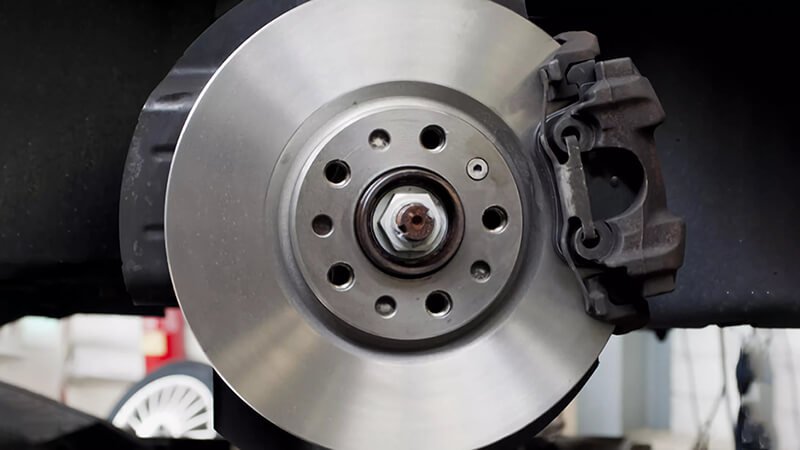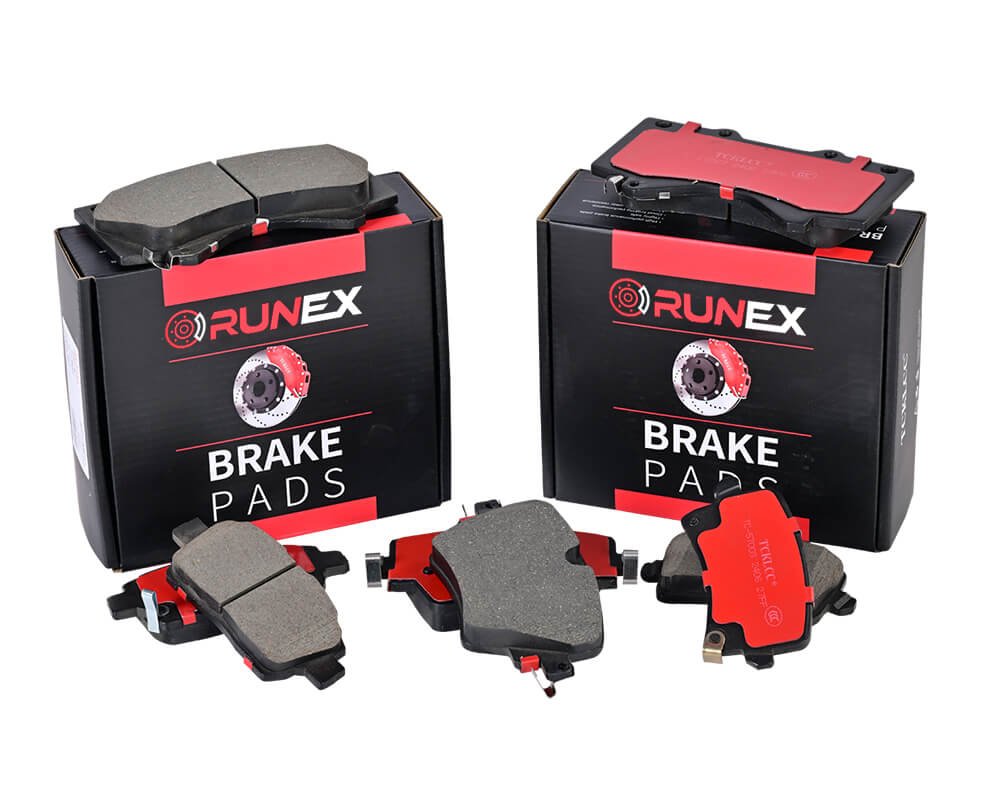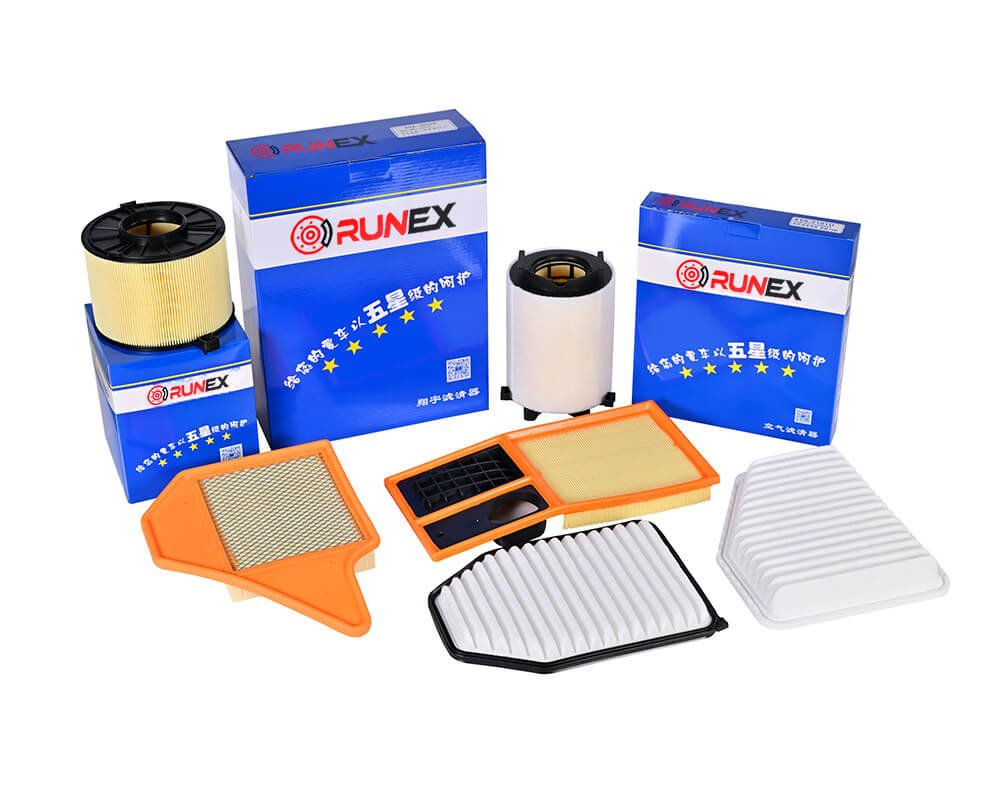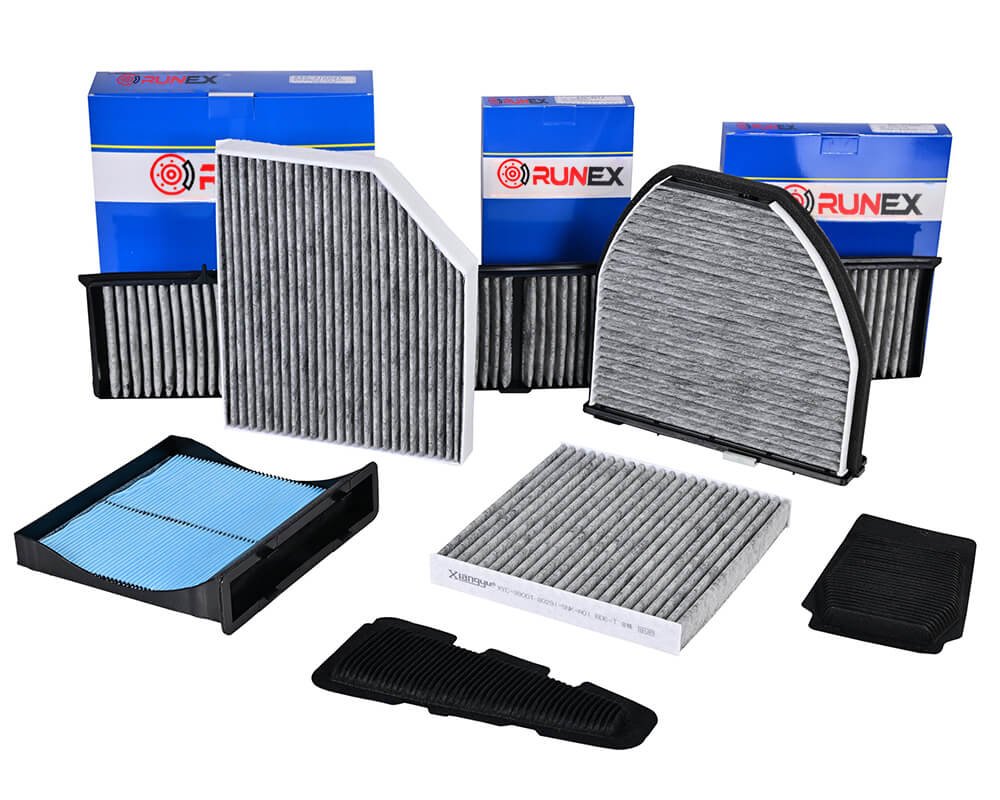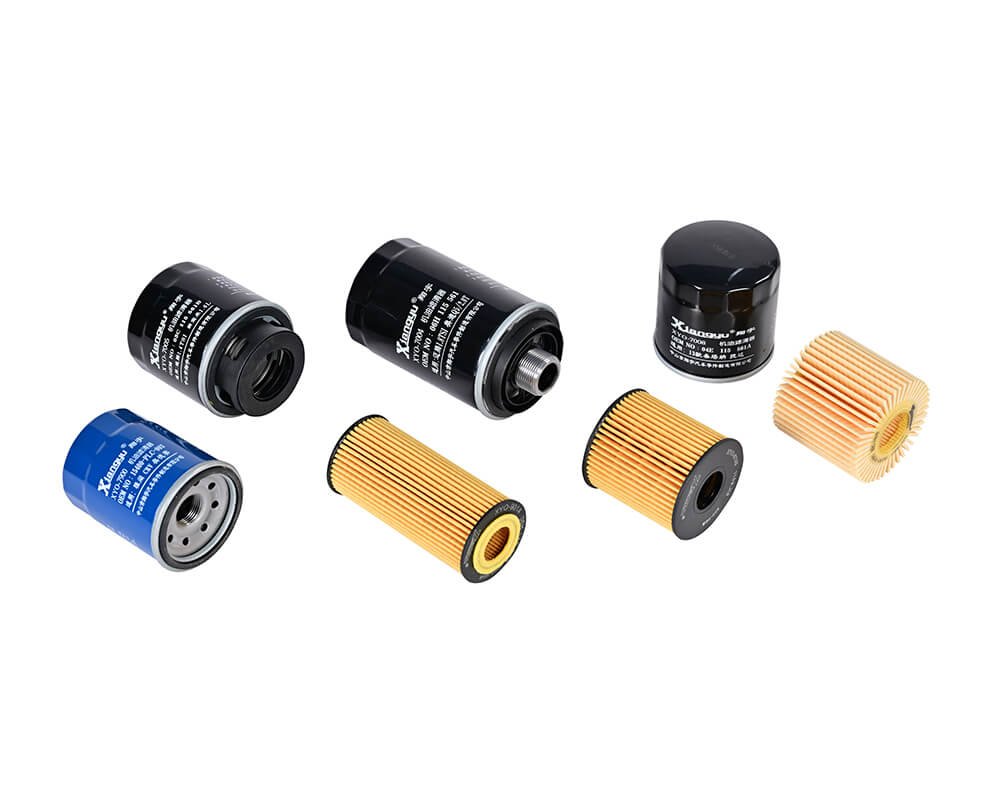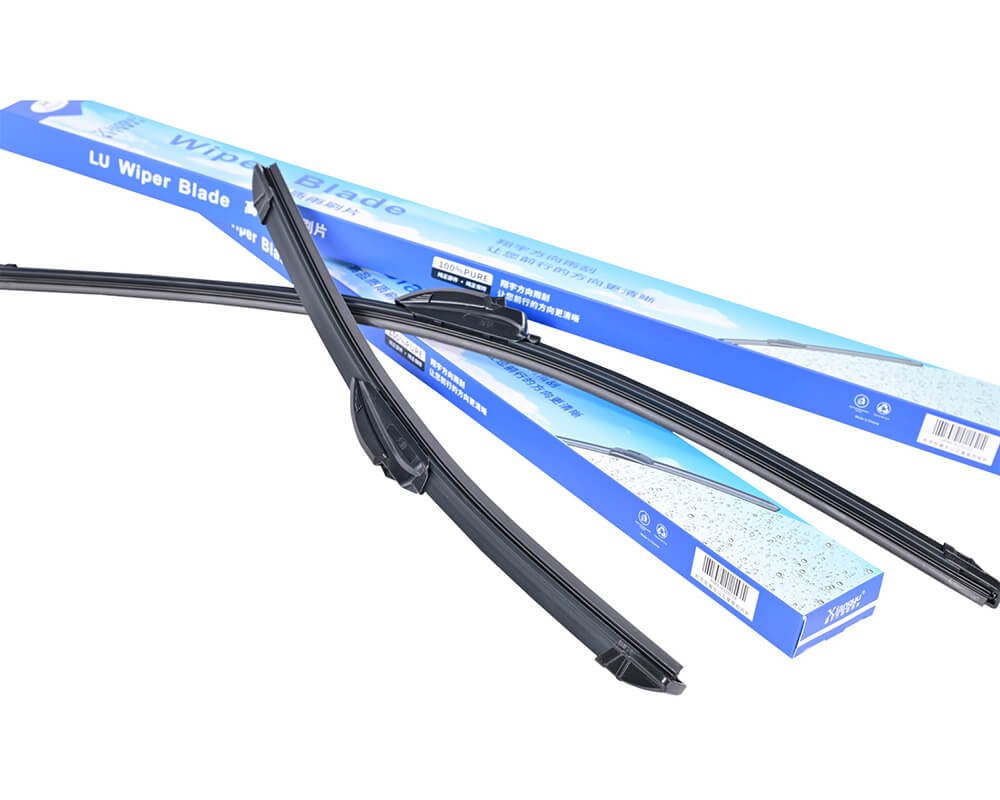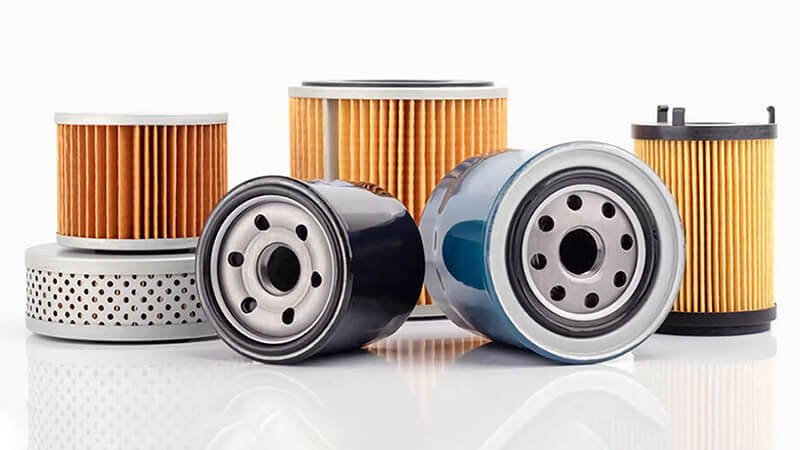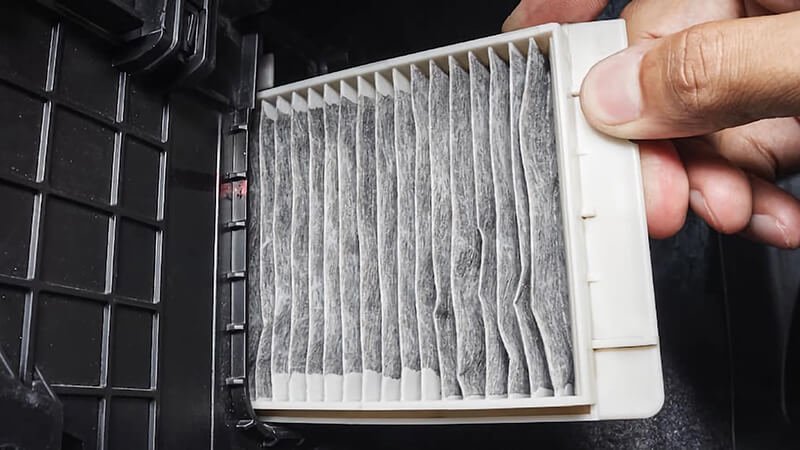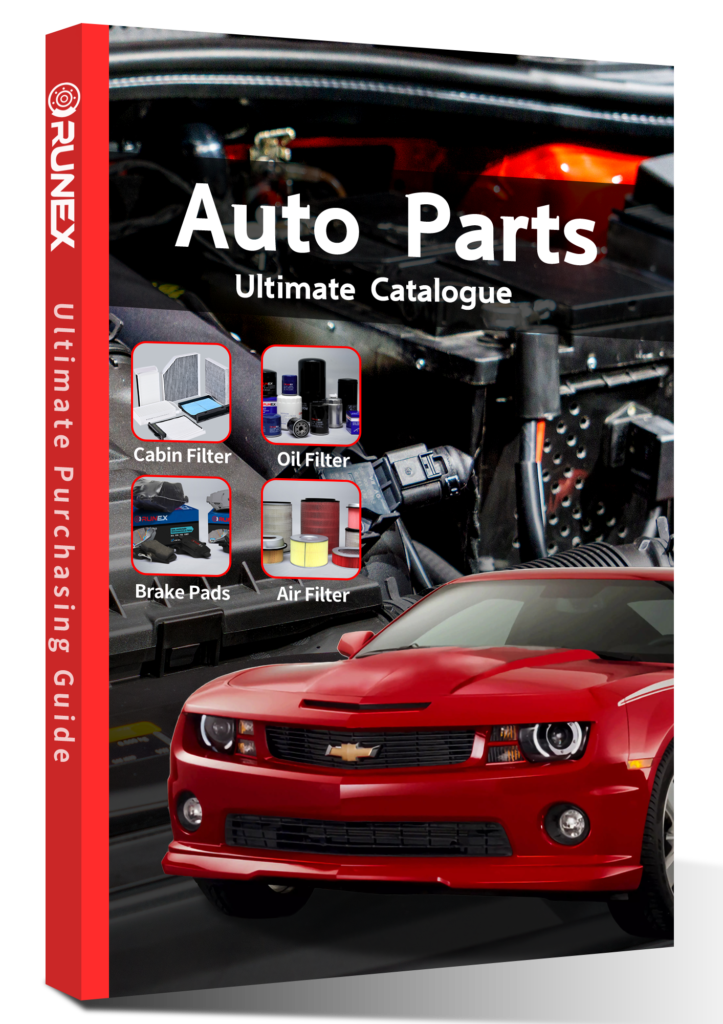When it comes to maintaining your vehicle’s braking system, you may wonder if it’s okay to mix and match brake pads and rotors. After all, they both play a crucial role in stopping your car, but can they work together if they’re from different brands or types?
While you can technically mix and match brake pads and rotors, it's generally not recommended due to potential compatibility issues and performance differences. To ensure optimal braking performance and longevity, it's best to use the same brand and type for both components.
Before jumping into whether or not mixing brake pads and rotors is a good idea, let’s break down the roles of each component and why consistency matters in your braking system.

Do brake pads and rotors have to match?
One of the most common questions regarding brake maintenance is whether the brake pads and rotors have to be from the same brand or model. After all, they are designed to work together, but does it really matter if they match perfectly?
For the best performance and safety, it’s recommended to use brake pads and rotors from the same brand and model. This ensures they’re designed to complement each other, reducing the chances of performance issues or premature wear.
Brake pads and rotors are both integral to your car's braking system, but they each perform different tasks. The brake pads apply pressure to the rotors to slow the vehicle down, while the rotors absorb the heat generated during braking. If these two components are mismatched, you could experience issues like uneven wear, reduced braking efficiency, or even damage to either part.
Material Compatibility1
The material composition of both pads and rotors matters greatly. For example, some brake pads are made of ceramic, while others use organic or metallic materials. If you mix and match pads and rotors with different materials, you risk creating an imbalance in heat distribution, which can lead to excessive wear or poor braking performance. For example, ceramic pads work best with specific types of rotors that can handle the lower friction and heat generation they produce.
| Brake Pad Material | Best Compatible Rotor Material |
|---|---|
| Ceramic | Vented Cast Iron |
| Semi-Metallic | Slotted Cast Iron |
| Organic | Plain Cast Iron |
Friction Properties and Heat Dissipation2
Another issue that arises when mixing brake pads and rotors from different brands is the potential for inconsistent braking. Different manufacturers may design their pads and rotors with slightly different tolerances, which can affect how they interact. This might result in vibration, noise, or decreased braking power, especially under heavy or sudden braking.
Using the same brand also ensures that both parts are optimized for maximum performance. Each brand designs its products with specific tolerances and performance in mind. If the components aren’t from the same manufacturer, they might not work as seamlessly together, leading to poor braking responses.
To avoid these issues and ensure long-lasting performance, it’s always a good idea to match your brake pads and rotors3 by using the same brand and model. This ensures that both components are optimized to work together seamlessly, providing the best braking experience for your vehicle.
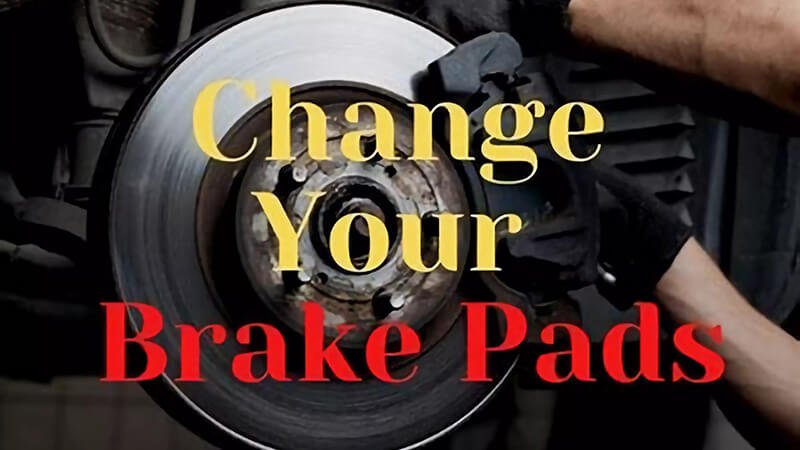
Can you mix rotors and pads?
So, what happens if you decide to mix rotors and pads from different brands or models? Is this something you can get away with, or should it be avoided at all costs?
While it’s technically possible to mix rotors and pads, doing so can lead to uneven wear, poor braking performance, and potentially even damage to your braking system. It’s best to avoid mixing and choose compatible components for the best results.
Mixing rotors and pads can introduce several risks to your braking system, primarily because different manufacturers design their components with different materials and tolerances. For example, one brand’s brake pads might be softer, while another’s rotors might be harder. This mismatch can cause uneven wear on both components, leading to premature degradation and a potential safety hazard.
Inconsistent Wear Patterns
When you mix and match parts, the friction levels can be inconsistent, meaning that one part may wear faster than the other. In some cases, it may even result in the rotors becoming scored or warped due to excessive heat buildup from incompatible materials. This can drastically reduce the lifespan of your braking system4 and even compromise your ability to stop your vehicle effectively.
Risk of Overheating
The difference in materials also means that heat dissipation can be inconsistent. For example, metallic pads work best with specific rotors designed to handle high temperatures, while ceramic pads generate less heat and are better suited for use with rotors that absorb heat differently. If these components aren’t properly matched, it could lead to overheating or ineffective braking under high-performance conditions.
| Brake Pad Material | Heat Generation | Rotor Material Compatibility |
|---|---|---|
| Ceramic | Low | Vented Cast Iron, Slotted |
| Semi-Metallic | High | Slotted Cast Iron, Carbon |
| Organic | Low | Plain Cast Iron |
In short, while it’s technically possible to mix rotors and pads, it’s not ideal. To maximize the lifespan and effectiveness of your braking system, always use components that are designed to work together.

Is it OK to mix brake pad brands?
You might think that as long as your brake pads fit the rotors, you’re good to go. But does the brand of brake pad really matter? Is it okay to mix brake pad brands?
Mixing brake pad brands is generally not recommended. Different brands may use different materials, design specifications, and performance characteristics, which can lead to uneven wear and inconsistent braking.
When it comes to brake pads, the material and design are crucial for their performance. Different brands use different formulations, which can affect how the brake pads wear and how they interact with the rotors. For example, one brand might offer ceramic brake pads5, while another might use semi-metallic or organic materials. These variations influence how much friction is generated, how much heat is dissipated, and how quickly the pads wear down.
Material Differences and Performance Variations
When you mix brake pad brands, you risk mismatching these factors. For example, if one brand's brake pads6 are designed to work with a softer rotor surface and another brand’s pads are designed for a harder rotor surface, the two may not work well together. This can result in uneven braking performance7 and faster wear of both the pads and the rotors.
The performance characteristics of brake pads also depend on the brand. Some manufacturers design their pads to offer quiet operation, while others prioritize aggressive stopping power. Mixing pads that have different priorities can lead to a noisy, uncomfortable, or inefficient braking experience.
To avoid these issues, it’s recommended to stick with one brand for both pads and rotors. This ensures that the materials, design, and performance characteristics are consistent, resulting in a more efficient and longer-lasting braking system.

Do brake discs and pads have to be the same brand?
This brings us to another important question: do brake discs (rotors) and pads have to be the same brand? Is it necessary to match these two components from the same manufacturer?
Ideally, it’s best to use both brake pads and discs from the same brand. This ensures that both components are designed to work together, offering the best balance of performance, longevity, and safety.
When you buy brake pads and discs (rotors)8 from the same manufacturer, you’re ensuring that both components are specifically designed to complement each other. This means that the materials, design, and performance characteristics of both parts will match, leading to optimal braking performance9.
For example, a rotor from one brand may have a specific surface treatment or coating that is best paired with that brand's brake pads. This coating could be designed to reduce rotor wear or improve heat dissipation, but it may not work as effectively with pads from another brand that have different friction properties.
Using the same brand also simplifies the process of finding compatible parts10. When you choose a well-known brand, you can trust that their components are designed to fit together and work seamlessly, reducing the likelihood of performance issues or safety concerns.
While mixing and matching components might work in a pinch, using the same brand for both your brake pads and rotors ensures the best possible performance and longevity for your vehicle’s braking system.

Conclusion
In conclusion, while it is possible to mix and match brake pads and rotors11, it's generally not recommended. For optimal braking performance, longevity, and safety, it's best to use parts from the same manufacturer. This ensures that both the pads and rotors are designed to work together, providing a smooth and efficient braking experience.
-
Exploring material compatibility can prevent costly repairs and enhance your vehicle's braking efficiency. ↩
-
Learning about these properties can improve your knowledge of vehicle safety and performance, leading to better maintenance decisions. ↩
-
Understanding the differences can help you maintain your vehicle's braking system effectively, ensuring safety and performance. ↩
-
Understanding the risks associated with mixing components in a braking system can help ensure your vehicle's safety and performance. ↩
-
Learn about the benefits of ceramic brake pads, including durability and performance, to make an informed choice for your vehicle. ↩
-
Explore this link to discover top-rated brake pads that enhance performance and safety for your vehicle. ↩
-
Understanding the impact of brake pad material on performance can help you choose the right pads for optimal safety and efficiency. ↩
-
Explore this link to understand how using the same brand for brake pads and rotors can enhance your vehicle's braking performance and safety. ↩
-
This resource will provide insights into achieving optimal braking performance, ensuring your vehicle operates safely and efficiently. ↩
-
Learn about the importance of using compatible parts in vehicle maintenance to avoid performance issues and enhance safety. ↩
-
Runex Auto offers OEM Brake pads for global market, clicking this link to get more details. ↩

